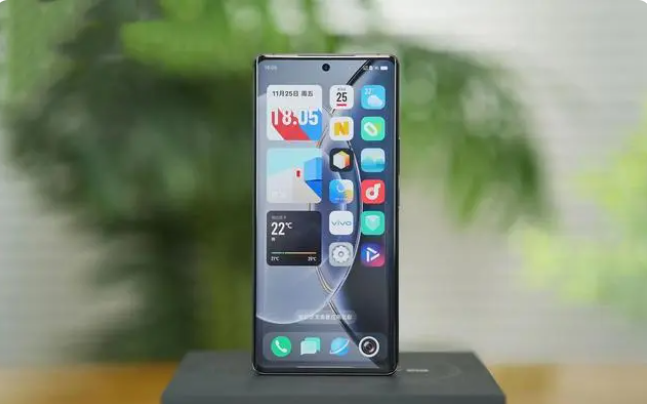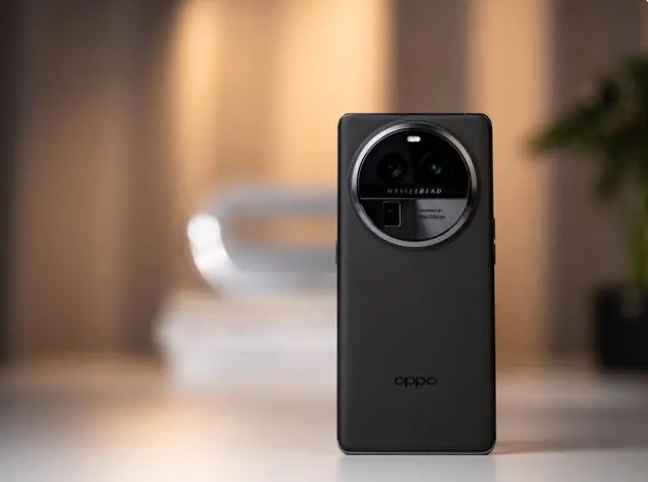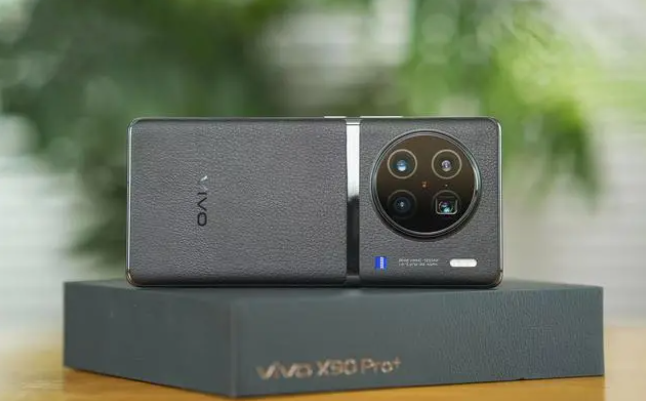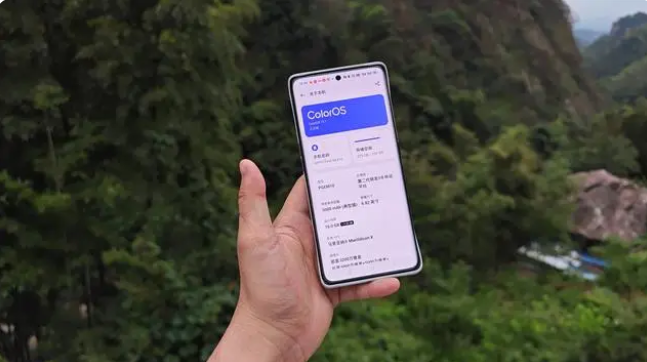The OPPO Find X6 Pro and the Vivo X90 Pro+ stand out as notable models in premium domestic smartphones. Despite some differences in their configurations, the gap between them is not as comprehensive as one might think. They offer comparable overall experiences, with the potential distinguishing factor in their image adjustment capabilities, which are of utmost importance to users.
Display
Displaying their similarities, the OPPO Find X6 Pro and the vivo X90 Pro+ sport curved screens crafted from Samsung E6 material. They boast support for 1.07 billion colors, 1440Hz high-frequency PWM dimming, and LTPO adaptive refresh rates. While the OPPO Find X6 Pro boasts a slightly larger screen size, the vivo X90 Pro+ offers a higher instantaneous touch sampling rate and incorporates ultrasonic fingerprint technology. This results in quicker recognition and a broader detection range, functioning seamlessly in water damage scenarios.
Hardware
The OPPO Find X6 Pro and the vivo X90 Pro+ are powered by the Qualcomm Snapdragon 8Gen2 processor and the LPDDR5X+UFS4.0 combo. This pairing positions them within the performance apex of domestic models, ensuring commendable gaming performance.
However, the vivo X90 Pro+ takes an interesting route with its self-developed V2 chip, which yields an effect akin to a dedicated graphics chip. Though this aspect hasn’t received substantial publicity, the chip is versatile. It manages respectable performance even in scenarios where high-frame games might not be suitable.
Cameras
The emphasis on imaging capabilities characterizes flagship mobile devices. Over the past couple of years, high-end models have seen a steady increase in lens size alongside the reinforcement of algorithmic prowess. In this regard, the Find X6 Pro and the vivo X90 Pro+ tout 32-megapixel front cameras; the primary variance lies in their rear camera setups.
The OPPO Find X6 Pro features a one-inch super-sensor primary camera with the Sony IMX989 sensor at the back. This is complemented by a pair of 50-megapixel wide-angle and telephoto lenses equipped with IMX890 sensors, bolstered further by Hasselblad and Mariana image processing. Conversely, the vivo X90 Pro+ employs a one-inch primary camera with the Sony IMX989 sensor, a 48-megapixel wide-angle, a 64-megapixel telephoto, and a 50-megapixel portrait lens. Zeiss optics and a proprietary V2 image chip also contribute to its camera prowess.
The vivo X90 Pro+ displays a slight edge during daylight in real-world shooting. Its super wide-angle capabilities also stand out. The mid-range focus and telephoto performance are marginally better on the vivo X90 Pro+, while Oppo excels in macro photography. As for low-light photography, wide-angle portraits, and telephoto shots, I believe that vivo outperforms its counterpart. After all, the vivo X90 Pro+ is positioned a notch above the Find X6 Pro.
Battery
The OPPO Find X6 Pro houses a 5000mAh battery, supporting 100W wired and 50W wireless charging. On the other hand, the vivo X90 Pro+ accommodates a 4700mAh battery with 80W wired and 50W wireless charging capabilities. OPPO takes the lead regarding battery life and charging speeds.
Both models are certified with IP68 dust and water resistance, and their slightly bulkier frames negate the need for an exhaustive specification breakdown. You can refer to the initial comparison chart provided in the article for those specifics.
Read Also: Honor Magic 5 Pro VS OPPO Find X6 Pro Quick Comparison Review
In Conclusion
In summary, the OPPO Find X6 Pro and the vivo X90 Pro+ undoubtedly represent the upper echelons of flagship smartphones. While the vivo X90 Pro+ demands a slightly higher price, its superior core imaging performance makes it a prime choice for users who prioritize photography. Other users, meanwhile, might cast a fleeting glance at its capabilities while leaning more towards the OPPO Find X6 Pro.
Do not forget to follow us on our Facebook group and page to keep you always aware of the latest advances, News, Updates, review, and giveaway on smartphones, tablets, gadgets, and more from the technology world of the future.









